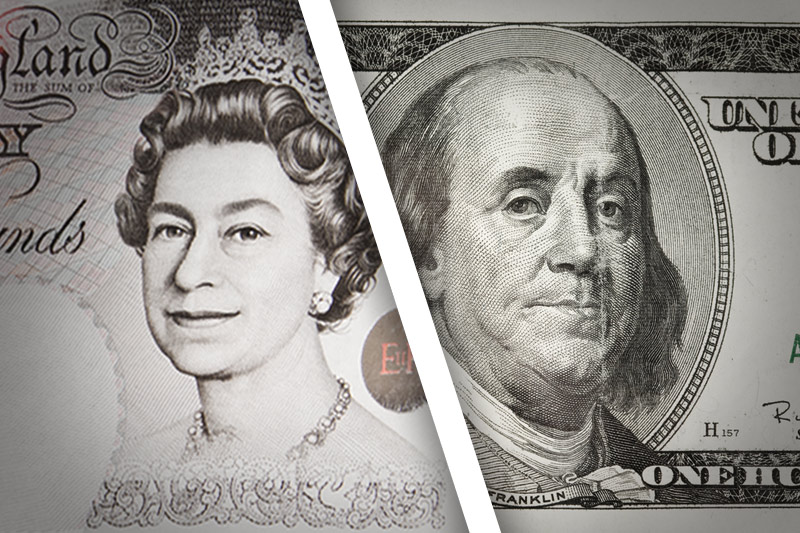Investing.com - Sterling moved lower against the dollar on Friday, pulling back from the almost five year highs struck earlier in the week, but demand for the pound continued to be underpinned by expectations for a U.K. rate hike early next year.
GBP/USD was down 0.48% to 1.6849 late Friday. Earlier in the week, the pair touched highs of 1.6994, the most since August 2009. For the week, the pair slipped 0.11%.
Cable is likely to find support at 1.6700 and resistance at 1.6900.
The pound’s losses came despite data on Friday showing that British factory output grew at its fastest quarterly rate in nearly four years during the first three months of the year.
Output grew 1.4%, up from 0.6% in the fourth quarter of 2013.
A separate report showed that the U.K. trade deficit narrowed unexpectedly in March.
Sterling’s losses were checked as a recent string of upbeat reports about the U.K. economy has bolstered expectations the BoE could raise borrowing costs ahead of other central banks.
The dollar firmed up on Friday after slumping earlier in the week following dovish remarks by Federal Reserve Chair Janet Yellen during testimony to the Joint Economic Committee of Congress.
Speaking Wednesday, Ms. Yellen said that a high degree of monetary accommodation remains warranted given the slack in the economy.
The Fed chief also said the bank expects economic growth to accelerate this year despite the slowdown in the first quarter but warned that the recent housing market slowdown "could prove more protracted than currently expected."
In the week ahead, investors will be looking ahead to the BoE’s quarterly inflation report for further indications of the expected course of monetary policy, as well as the latest U.K. employment report.
The U.S. is to publish reports on retail sales, consumer prices and consumer sentiment.
Ahead of the coming week, Investing.com has compiled a list of these and other significant events likely to affect the markets.
Monday, May 12
The U.S. is to publish data on the federal budget balance.
Tuesday, May 13
The U.K. is to release private sector data on retail sales.
The U.S. is to produce data on retail sales, as well as reports on import prices and business inventories.
Wednesday, May 14
The U.K. is to release official data on the change in the number of people unemployed and the unemployment rate and average earnings. The BoE is to publish its quarterly inflation report, and
Governor Mark Carney is to hold a press conference to discuss the report.
Later Wednesday, the U.S. is to release data on producer price inflation.
Thursday, May 15
The U.S. is to release data on initial jobless claims, consumer inflation and industrial production, as well as a report on manufacturing activity in the Philadelphia region.
Friday, May 16
The U.S. is to round up the week with reports on building permits and housing starts, and a preliminary reading on consumer sentiment from the University of Michigan.
